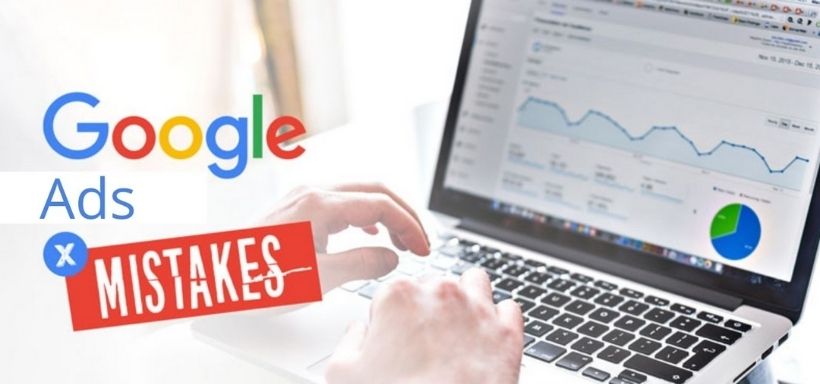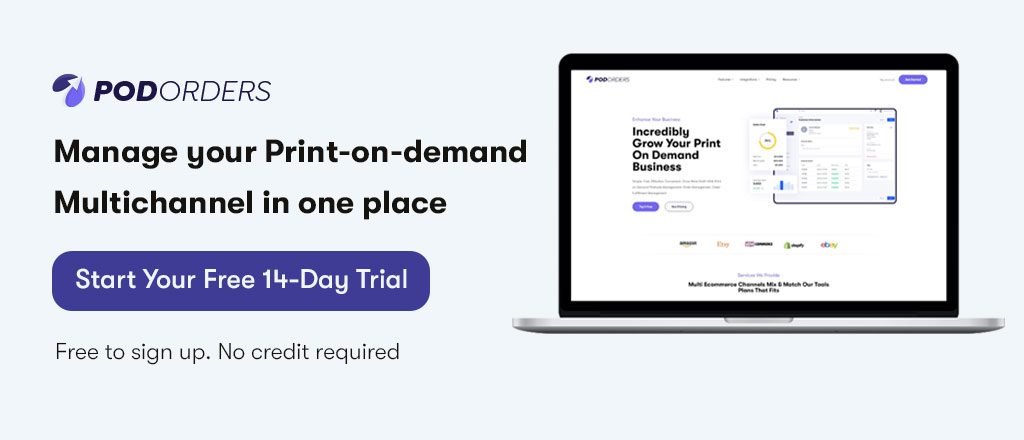When a Google Ads account is having issues, there are a few things to look at first. While a well-managed Google Ads account has the potential to deliver a lot of important traffic to your website, a single blunder can quickly deplete your budget.
A Google Ads account may rapidly become a costly marketing endeavor if not properly managed. That’s why we’ve put up a guide to help you avoid the pitfalls that lead to bad pay-per-click (PPC) campaign performance. Here are the top 15+ Google ads mistakes to look out for and how to resolve them.
1. Misunderstanding Target Audience

The most common Google Ads mistakes are not targeting the right audience when creating campaigns. Make sure you examine your audience’s purchasing habits, hobbies, and pain areas to prevent blowing your PPC money.
The following are examples of unfocused audience targeting:
1.1 Location-Targeting Error
Your campaign objective will be diverted if you do not display your advertising in specific geographic locations. If you’re offering courses in your area but targeting a larger city, for example, irrelevant clicks from individuals who aren’t interested in your course will deplete your budget.
Use radius targeting incorrectly as well; if you use radius, make sure you pick the regions appropriately. Additionally, you can alter the bids for your more demanding locations.
1.2 Targeting the Wrong Age Group
Your marketing money will be drained if you target the wrong age group. For example, if you sell teen cosmetics and beauty goods but exclusively market to women over 40, your budget will be squandered.
Gender-Specific Targeting for the Incorrect Gender Depletes Your Budget Gender-specific targeting for the wrong gender depletes your budget. Targeting women for men’s clothing, for example, results in a financial deficit.
1.3 Targeting the Wrong Device Type
Targeting desktop customers will be a waste of money if you receive more conversions from mobile. Keep an eye on the device kind and figure out who you want to target. Device targeting analysis may help you better understand your budget, profit, and waste on each device.
1.4 Custom Intent Targeting Done Wrong
Conversions may be boosted by creating customer intent audiences, but only if the correct keywords are used. Irrelevant keywords will not attract the proper leads, resulting in a money drain because of Google Ads mistakes.
2. Outdated Conversions
Once upon a time, all you had to do was add a Google Ads conversion tag to your conversion page and that was it. Pixel fires were fed in from that page.
With such a simple measurement, there was also a lot less opportunity for Google Ads mistakes.
Advertisers nowadays utilize conversion tags on a variety of pages, integrate conversions from CRMs such as Salesforce, track calls, and import conversion events from Google Analytics.
This additional perspective on the conversion process is helpful, but it can also result in a lot of noise. When conversions are double-counted or previous ones are still filling, it’s more difficult to notice.
It complicates up bidding decision-making if all of those previous conversions are included in CPA calculations or bidding algorithms. Google Ads mistakes’ Conversions section should be reviewed at least once a quarter. Scan for anything that is obsolete or old and should be deleted.
3. Forget Conversion Optimization Google Ads mistakes

Measuring the success of your PPC campaign is critical. It’s impossible to determine how well a campaign for women’s jeans and another for men’s jeans is doing until you set up each campaign to deliver on your conversion targets.
If you want to boost app installations, for example, you should adapt your ad text, landing pages, and calls-to-action to achieve that specific conversion objective.
Conversion tracking in Google Ads allows you to track user activities linked to a variety of conversion objectives, including sales, leads, app installations, and phone calls as well as avoid Google Ads mistakes. You can adjust your campaign to increase conversions by keeping your objective in mind.
4. No Relevant Landing Page Linked
Your ad is only the first step in the client journey, enticing visitors to visit your landing page. You must create a smooth, coherent experience from your ad to your landing page for a better user experience.
You won’t gain any friends if your ad suggests a discount on black women’s trousers yet the landing page talks about men’s suits. People will leave the landing page fast and are unlikely to return.
Take the time to ensure that the material on your landing page is relevant to your advertisements, keywords, and audience interests.
5. Unaware of Campaign Budget
Follow these strategies to avoid money mishaps:
When creating display campaigns, avoid using the “open budget” option.
Make sure you double-check your budget to avoid Google Ads mistakes and see where the decimal goes. Any decimal Google Ads mistakes can cost you a lot of money.
To get a comprehensive budget analysis for a month, multiply your daily budget by 30.4 (days). As a result, good financial preparation is critical.
Scripts are fantastic for automating tasks, but there’s a possibility that an automatic budget script may fail your campaign, especially if you’re running a display campaign.
6. Messy Keyword Matching
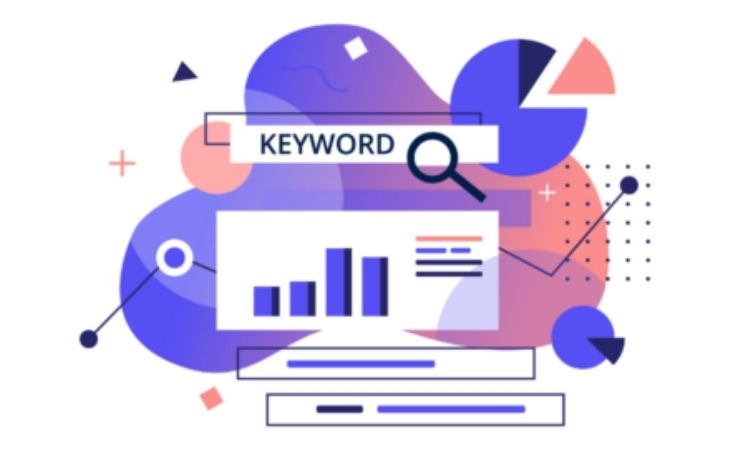
With broad match types, Google chooses the keyword to which a search phrase is matched, but not always the same one. You end up with a single search phrase that matches numerous ad groups, each with varying levels of performance.
Exporting your search keywords and utilizing a fast pivot table is the simplest method to view this. Fill in your search criteria, then choose the number of Ad Groups you want. It will display the number of ad groups to which a keyword is matched. You may also add the Ad Group as a sub-field to the search phrase, which will indicate which Ad Group it belongs to under each search term. This was formerly something I exclusively recommended for broad matches, but now I suggest it for all match types. You’ll definitely discover more surprises here than you used to now that Google has loosened its match criteria surrounding Exact Match!
We obviously want it to be comparable to the best-performing one. Setting it as an exact match negative to the Ad Groups or Campaigns where we want it to cease matching is what this signifies. This compels Google to match it in the manner that you choose and avoid Google Ads mistakes.
7. Ignore Keyword Match Types
Match types have the potential to bring a lot of visitors to your site, especially if you stick to the broad match type, which is Google Ads’ default option. The problem with this approach is that you risk attracting a large number of clicks from visitors who are unlikely to be interested in what you have to offer.
Using a variety of match types, including exact match and phrase match keywords, will help you avoid one of the most typical Google Ads mistakes. This will assist you in striking a good balance between audience reach and keyword relevancy.
8. Lack of Bidding Strategy
Manual bidding is still used by some accounts for a variety of reasons. More complicated business indicators are frequently used to assess the relative value of a click — data that Google cannot see or consider. The human error becomes a factor in certain scenarios, and a good bidding strategy might be overlooked.
9. Miss Negative Keywords
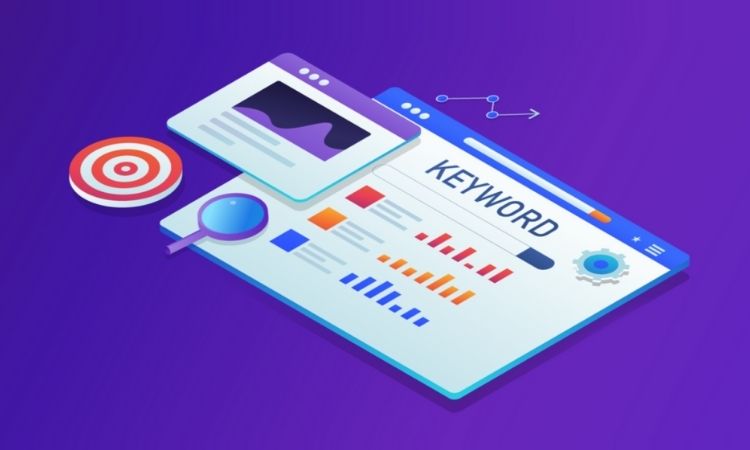
You’re probably wasting money on irrelevant keywords if you don’t use negative keywords. Negative keywords prevent your ad from appearing in searches that aren’t related to you. Before you submit your ad, make sure to provide a large list of negative keywords for your account.
10. Only Create One Ad Variation For Each Ad Group
Regardless of your market, PPC advertising is competitive. Create numerous variants of each ad to increase your chances of success. Have at least three ad copies. This enables split-testing, allowing you to eliminate low-performing versions while nurturing high-performing features to develop the greatest version of each ad possible. You’ll have strong blueprints for future success in no time.
11. Not Use Ad Schedule
Consider the following scenario: you have a store that is open from 9 a.m. to 6 p.m., but your target market is only active between 11 a.m. and 2 p.m. You post advertising every day to encourage local businesses, which is a wise decision. One of the most common Google Ads mistakes is ignoring ad scheduling. When you do this, your adverts run continuously throughout the day, regardless of when your target demographic is online.
Most of the time, this results in a waste of money because your adverts are shown to unqualified users. Instead, look at data to see when the best times are to show your adverts. In this scenario, scheduling your advertising to run between 11 a.m. and 2 p.m. will stretch your money further and produce greater results.
12. No Testing
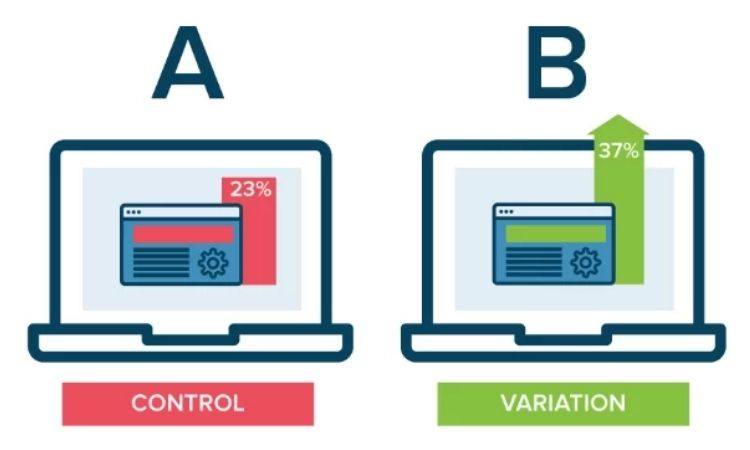
To be honest, the platform makes this difficult to understand, which is unfortunate. Once you get over the strange method you have to set it up, the Experiments feature is an excellent way to run a more controlled test. You can test a variety of things, including the bidding mechanism and landing pages.
The Experiments configuration has come in helpful in accounts where I’ve struggled to generate an even distribution for a landing page test. We can establish a more controlled arrangement instead of relying on the minimal Google Ads mistakes rotation options because We can define the percentage of traffic I wish to receive in the experiment. To begin constructing an Experiment, select the Campaign for which you wish to run a test and click the “Drafts” button in the upper right corner. You can then construct a non-running version of the Campaign, tweak the portions you want to test, and opt to run it as an Experiment for a set period of time.
13. No Ad Group Google Ads mistakes
Make sure to build an ad group with your brand’s keywords in it. If you don’t, your competitors may take advantage of the situation and assist their ad appear in front of searchers before yours.
When searching for the e-commerce brand “Shopify,” for example, you’ll find that two competitors are pursuing the same campaign brand name. Create an ad group for your brand when building your campaign to get beyond this.
Putting too many keywords (especially a broad range) in one ad group and not using separate groups is significant Google Ads mistakes that will lower your quality score and reduce your chances of getting relevant advertising. When you’re doing keyword research and grouping them together, see if it makes sense to categorize by:
14. Not Optimize a Targeted CTA

Your CTA is a critical component in PPC. A well-written CTA may convince hundreds or thousands of prospects to take the action you want them to after they see your ad, even if it’s only a few words long.
In essence, your ad offers your prospects a solution, and your CTA is the hook that encourages them to engage with that solution.
Make sure that every one of your advertising has a clear, forceful call to action (CTA) that tells viewers exactly what they should do next. Include a link on some action-oriented text, such as Shop Now, Sign-Up, or Learn More, to make it simple.
15. Duplicating Campaigns
While duplicating campaigns isn’t a problem, you may repeat your campaign and turn it into a smart campaign, but don’t forget that smart campaigns rely on past data to perform better. As a result, don’t anticipate it to behave the same way it did previously. Your results may differ from what you expected if you don’t have any past data.
16. Not Viewing Search Terms Report
PPC advertisers may learn a lot about their audience’s search habits by looking at the Search Terms report. This study could make all the difference, as you can discover terms that you can use in your marketing to attract new visitors. You might also find pertinent search terms to add to your negative keyword lists, which will help you filter out unqualified leads.
Conclusion
You may think you’ve learned everything about Google Ads after our top 15+ Google ads mistakes. But the truth is that knowing everything about Google Ads is nearly impossible! One of the most common blunders is to sit back and believe you have everything under control.
In PPC, you’ll make plenty of Google Ads mistakes; it’s all part of the learning process. The biggest blunder of all is failing to learn from your Google Ads mistakes. You can quickly build up your experience and knowledge by using a consistent strategy for testing, monitoring, and analyzing. This will help you perfect your audience targeting and campaign optimization.
Read more:
- How To Get More Reviews On Shopify Stores To Boost Sales In 2022
- 10+ Ecommerce Fraud Detection and How to Fight Them 2022
- Top Social Media Content Proven to Leverage Ecommerce Business 2022
- Top 7 Important Requirement For Landing Page A/B Tests With Amazing Results
- Amazon Video Requirements: Sellers Can Not Miss This In 2022
